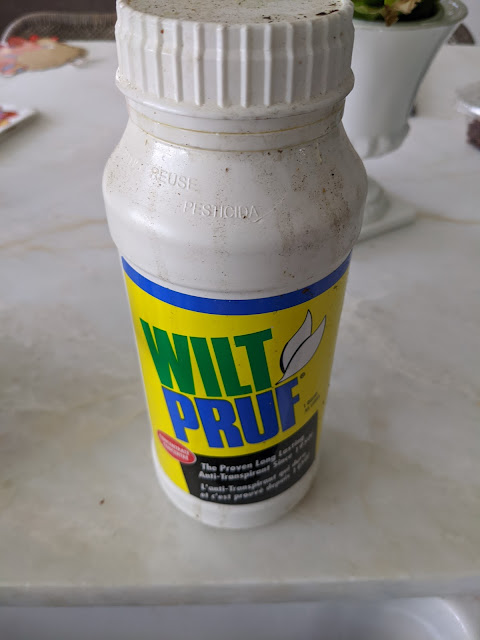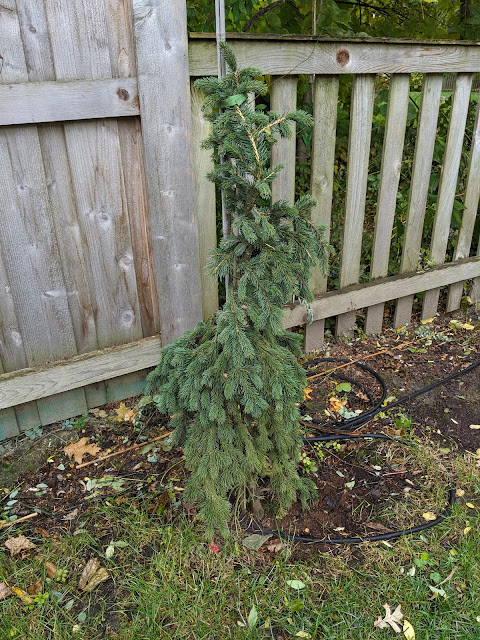Rhododendrons In The Morning - December 2020

If you look closely at the photo below, you can see a few of the lights on our Christmas tree inside the house as a tell for the time of year this photo is taken. This is what I see when I go out to feed the birds and critters in the morning: our rhododendrons looking sad and curled up from the cold. By midday, they've recovered and seem to be just fine. I've come to really appreciate these two shrubs on either side of our back stoop. This year, I didn't apply any Wilt-Pruf to them, so not sure what impact that might have on their overwintering. They did, however, get a nice layer of new mulch this season, so I'm hoping they're tucked in nicely and will - once again - surprise me by surviving. Having SUCH a tropical look in the middle of Summer is a real nice treat for me up here in Zone 5b. Surviving the Winter in Zone 5b just strikes me as an oddity based on their look during Summer. Guess that's why I'm drawn to them.


